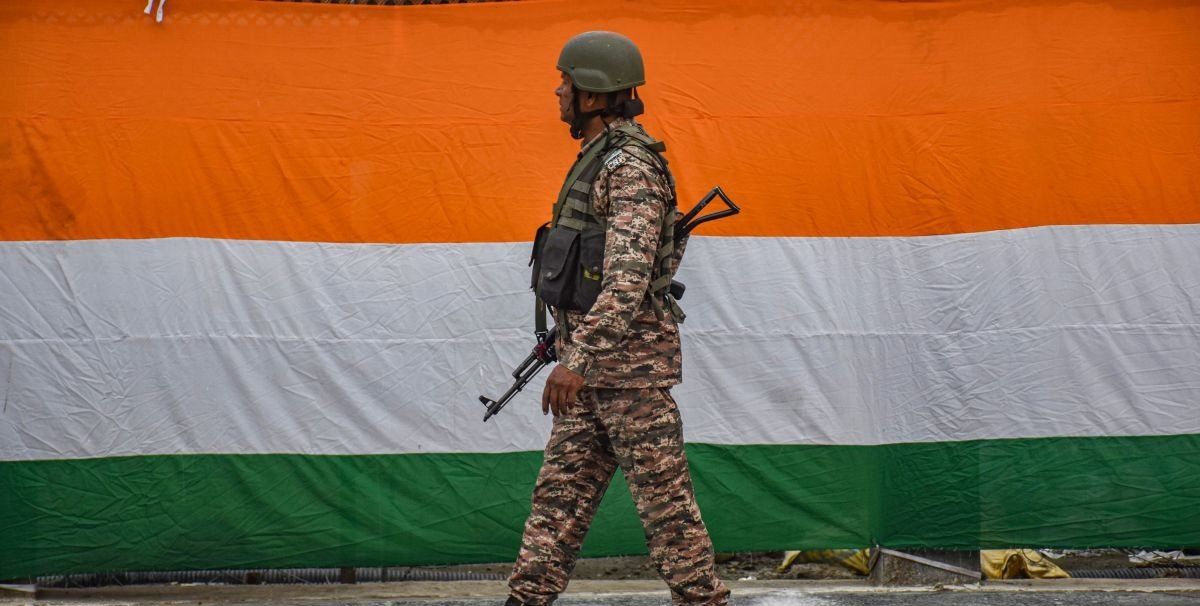For four days in May, two nuclear rivals stood at the brink of a potentially catastrophic escalation, one that could impact a fifth of the world’s population. Three months later, a ceasefire remains in place between India and Pakistan, but rhetoric hasintensified. While the conflict has produced a “rally around the flag” effect for each side, the moment has also given rise to some geopolitical reshaping between the US and these South Asian rivals, with Pakistan especially sensing a rare opening.
How did this clash begin? The India-Pakistan conflict has ebbed and flowed ever since the partition of India in 1947. There have been several flare-ups along the way, but the latest one began on April 22, when a gunman killed 26 tourists in the Indian-controlled portion of Kashmir. The terrorist belonged to a group that India believes Pakistan supports, while Islamabad denied involvement in the attacks. Two weeks later, the nations started exchanging missiles, in what was the worst fighting between the sides in decades. On May 11, US President Donald Trump announced a truce had been reached.
So what’s this about a Pakistani opportunity? Pakistan senses a chance to get closer to the world’s largest superpower: the United States. Islamabad has held the US at arms length for decades, in large part due to its own links with Beijing: Pakistan and China are allies when it comes to control of Kashmir. The US-Pakistan relationship disintegrated, though, when American forces killed Osama bin Laden on Pakistani soil in 2011.
Yet the relationship has seen a turning point in the last three months. Trump and his Pakistani counterparts were singing from the same hymn sheet when May’s flare-up ended, affirming that the US was involved in ceasefire talks, a claim India denied. Pakistani army chief Asim Munir, who holds a huge amount of power in the country, then had a private lunch with the American president in June, with the two countries discussing how to address terrorism together. What’s more, Pakistan struck a trade deal with the US in July, whereas India faces US tariffs.
Further, Washington is exploring a mining and hydrocarbons pact with Islamabad, one that would allow American firms to invest in mining projects in the southwest part of the country where there are large copper and gold reserves.
India headed in the other direction. As you may have heard, the last three months haven’t been ideal for Prime Minister Narendra Modi in terms of his dealings with the US. Trump has threatened India with 50% tariffs over its purchases of Russian oil, which has squeezed the Indian leader. Modi had been getting closer with Washington, but must retain a solid relationship with Russia so as to keep it neutral should India’s tensions with Beijing erupt again (you can read more about that here and here). Conscious of maintaining its policy of non-alignment, Modi is set to meet with China’s top diplomat Wang Yi today.
Reality check. For all the hope that the last three months provide a rare window of opportunity to build bridges with the Trump administration, Pakistan’s relationship with China means there’s a ceiling on what it can achieve with Washington according to Chietigj Bajpaee, a South Asia expert at Chatham House.
“Short of a rapprochement between Beijing and Washington,” Bajpaee explained, “the ‘iron-clad’/‘all-weather’ relationship between China and Pakistan will be a thorn in the US-Pakistan relationship.”
Still, there is hope in Pakistan that India’s current issues with the United States allow Islamabad to build links with the United States, whether it is regarding business or dealing with terrorism.
“There is a reality check in the United States of America about how Pakistan must not be viewed from the Indian lens,” former Pakistani Foreign Minister Hina KhartoldIan Bremmer on a recent episode of GZERO World, “and wanting an independent relation with Pakistan, looking at what Pakistan has to offer to the US and what the US has to offer to Pakistan.”